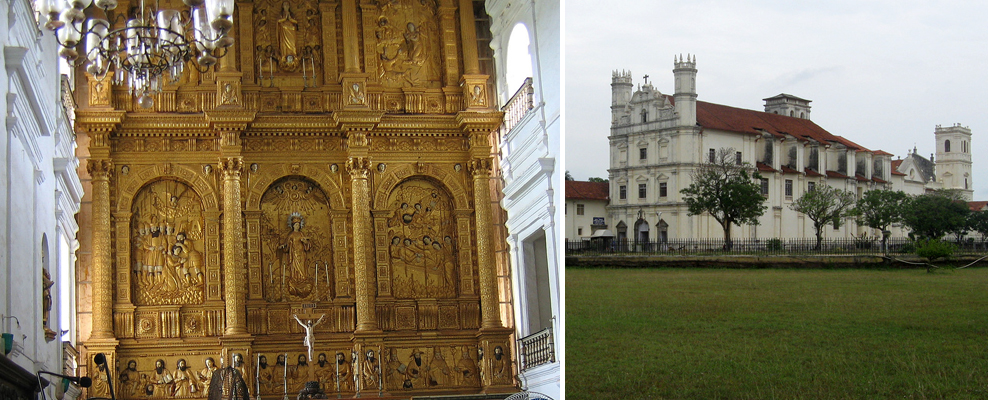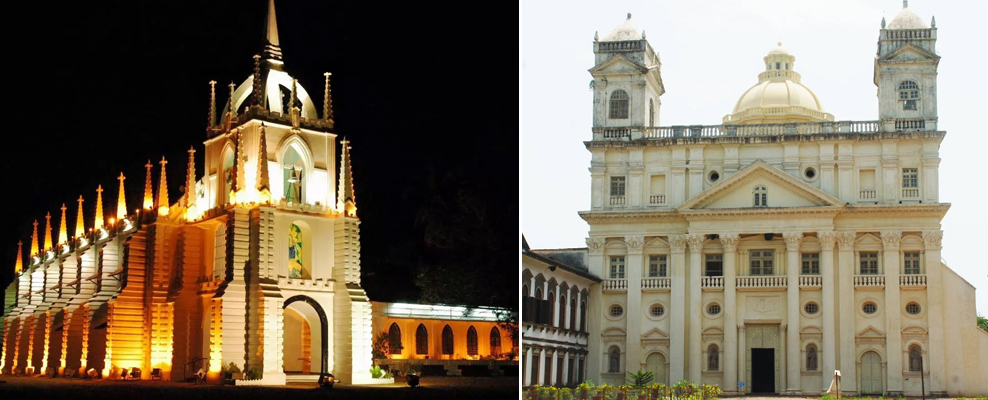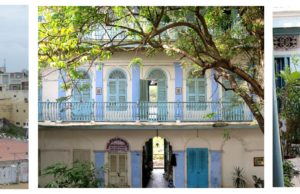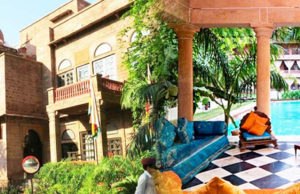
WoT's Hot
Goa is a time capsule; traveling here transports you to a way of life quite unlike any other in India. The state’s cultural legacy derived from its late liberation from Portuguese rule in 1961 is no doubt responsible for some of this. On first sight perhaps there’s nothing spectacular about the undulating terrain, similar to other parts of Konkan India; dotted with palm trees and the gentle water of the Arabian Sea lapping the shore line in between. But what makes Goa special is the series of churches and chapels and old-style Portuguese houses intercepting what otherwise would have been a very common landscape.
It was St. Thomas, Christ’s direct disciple and one of his 12 apostles who landed on the shores off the coast of Madras in the 1st century heralding in Christianity in the subcontinent. But it was the Portuguese who planted the firm roots of the faith here in the 16th century. Old Goa or Velha Goa as it is known was founded in the 15th century as a port on the banks of the Mandovi River by the Bijapur Sultanate. In 1510 Afonso de Albuquerque drove out the forces of Adil Shah of Bijapur and established Christendom in Goa. The Portuguese then started studding the landscape with cathedrals, churches, convents, and chapels inspired by the architectural style of then Europe. The intention was evangelical of course, the idea being to inspire awe and reverence in the new converts.
There are some 12 magnificent churches and monuments roughly within an area of one square kilometer in Old Goa beautifully preserved and impressive in scale. Built in laterite and lime stone plaster most of the larger Christian monuments were constructed at the beginning of the 17th century when Europe was under the sway of Baroque style architecture expressed in sinuous façade, ornamental details of scrolls and flying figures and exaggerated interiors. Of these the most spectacular ones are Se Cathedral, the Church and Convent of St. Francis of Assisi, Church of St Cajetan, Chapel of St Catherine, Church of Our Lady of the Rosary, Church of St Augustine and the most famous of them all the Basilica of Bom Jesus. Under the Portuguese the city grew rapidly in size and splendor, eventually coming to rival Lisbon itself and its height it was called the 'Rome of the Orient'.

The Church of Our Lady of the Rosary, the earliest among the churches here was built in the Manuiline style of architecture but this was later discontinued as the style with its window close to the ceiling was unsuitable for the tropical Goan climate.
The facade of the Church of Bom Jesus is decorated with Ionic, Doric and Corinthian columns of the Classical Order. This is perhaps the most famous of the Goan churches because within it lay the immortalized remains of St Francis Xavier. Made of laterite, the exterior was earlier lime plastered which was subsequently removed. The exquisitely carved silver casket containing the sacred remains of the Saint can be found to the left of the altar.
The Se Cathedral is the largest church in Asia, and took about 80 years to build. With its Tuscan exterior, the Corinthian pilasters, the raised platform with steps leading to the entrance, the barrel vault above the nave it is a fine example of Renaissance architecture. To the left of the entrance is an interesting painting of Jesus being carried across the Ganges against the background of the Benares ghats, akin to the way Krishna was carried by Vasudev. The bell tower houses the ‘golden bell’ so named because of its rich chime immortalized in a Portuguese poem.
The Church of St. Cajetan is modelled on the St Peters Church in Rome. Though the architects were European the craftsmen and artisans were local and thus the floral decorations on the interior walls of the Church of St Francis of Assisi and in the Church of Our Lady of The Rosary are intricately carved cenotaph beside the main altar similar to the Islamic architecture of the Deccan Sultanate. Of the older Sultanate architecture only the gateway to the palace of Adil Shah remains to the left of the road leading to St Cajetan.

Left to the entrance of the church of St Francis of Assisi is the Archaeological Museum housed in the abandoned convent of the Saint. The 3.6m statue of Afonso de Albuquerque greets the visitor right at the entrance hall of the museum.
An UNESCO declared World Heritage site the monuments of Old Goa and the area around them have a picturesque charm. They are open 365 days in a year between 8.30am and 5.30pm. The Archaeological Museum is open between 10 am and 5pm excluding Friday.
Goa is a time capsule; traveling here transports you to a way of life quite unlike any other in India. The state’s cultural legacy derived from its late liberation from Portuguese rule in 1961 is no doubt responsible for some of this. On first sight perhaps there’s nothing spectacular about the undulating terrain
Other Articles in India
What to read next
Featured articles

Welcome Festive Season in Glam, Latin Quarters Launches new #PujoBling Collection with Monami Ghosh
by WOT













































